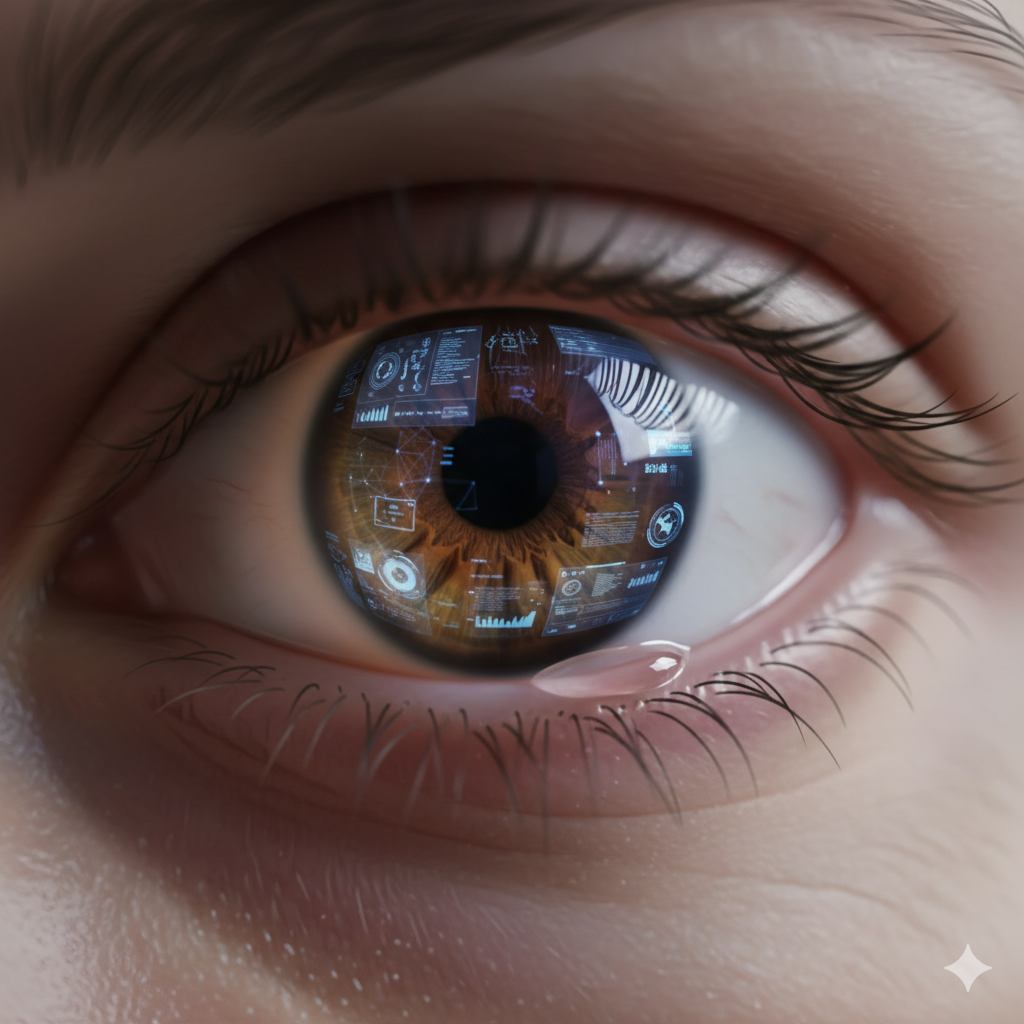
"A reflection on why data alone can't capture empathy and why designers still hold the key to truly human-centered innovation. I've spent years watching people interact with products - not through dashboards or metrics, but through their expressions. The subtle pause before a click. The half-smile when something finally works. The sigh when it doesn't. Those small, unfiltered moments reveal more about good design than any heatmap ever could."
"And yet, our industry is sprinting in the opposite direction. We're trying to automate empathy - to teach algorithms how to understand what we barely understand ourselves. The logic is seductive: feed an AI enough data, and surely it will learn to care. But data isn't understanding, and automation isn't empathy. A 2021 PwC study found that 82% of U.S. consumers actually want more human interaction, not less."
"But data isn't understanding, and automation isn't empathy. A 2021 PwC study found that 82% of U.S. consumers actually want more human interaction, not less. That desire sits in direct tension with our obsession to automate. Because no matter how sophisticated the model, AI can't see hesitation, frustration, or joy. It can only measure what it's told to see. The great illusion Let's be honest - the demos are breathtaking."
Human emotions communicate through subtle, nonverbal cues—pauses, half-smiles, sighs—that reveal user needs and pain points more clearly than analytics. Observing real people using products surfaces empathy-driven insights that metrics and heatmaps miss. The drive to automate empathy with AI assumes large datasets can substitute for human understanding, but data measures prescribed signals and cannot perceive hesitation, frustration, or joy. A significant portion of consumers prefer human interaction, creating tension with automation strategies. Designers translate nuanced behavior into humane, effective solutions that models alone cannot invent or replicate.
Read at Medium
Unable to calculate read time
Collection
[
|
...
]